Reasonable adjustments for students with dyslexia
Education Queensland states, “We have a legal requirement to provide reasonable adjustments, where necessary, for students with disability, to ensure they are able to participate in education and training on the same basis as students without disability.” (source: education.qld.gov.au/schools/disability/reasonable-adjustments.html)
Let’s look at this more closely and how it may relate to your child. This is not about intervention to improve literacy levels; but rather adjustments that allow the student to engage in the lesson. For students with dyslexia, this may mean accessing the information in the text or having options to express their thought processes and knowledge in writing. Some students may also have accompanying difficulties that require support for memory or planning.
What are reasonable adjustments?
An adjustment is reasonable if it supports a student to participate on the same basis as other students.
When a student is hearing impaired, hearing aids may be used.
If a student cannot read or access information, they should be able to have the text read to them. When a class is big and has a number of students who cannot read efficiently, it is challenging (as much as they would like to) for the teacher to read to each one. It is more reasonable to expect the teacher to read to the whole class and provide visual supports.
Supports vary depending on the lesson or task. Other supports may include:
- verbal options
- extra time or breaks
- a checklist
- pre-recorded information
- assistive technology or a reader/scribe/buddy (where reasonable)
- visual cues
- smaller steps
- photography, audio tapes and visual options.
Is it fair? In order to answer this question, offer the same supports to the whole class. A student who is a capable reader would not do any better if he/she used this option. These adjustments take considerable planning and preparation, so it is vital to establish they are actually helpful.
Take into account the student’s learning needs
This is where it is important to work collaboratively with the student, their parents or carers and the relevant school staff. It is important to gather all relevant information on the student from past teachers, specialists and parents. Students can provide valuable insight into what they find helpful. When considering assistive technology, assess whether the student has developed the skills to use this independently. This may require instruction from a specialist.
Balance the interests, including safety, of all concerned (students and staff)
By meeting and sharing, a balance can be found between the student’s needs and what is reasonable. While assistive technology can be a game changer, if the student is not able to use it independently, he/she can miss out on a lesson or bring the rest of the lesson to a standstill.
When is it a disability?
Schools are currently collecting data on students who require support. The Nationally Consistent Collection of Data (NCCD) provides clarification on which students are included:
- students who have a formally diagnosed disability by a health or allied health practitioner
- students who may not have a formal disability diagnosis but have impairment that requires an adjustment
- students with intellectual, physical, sensory and social/emotional disability
- students with difficulties in learning or behaviour due to disability
- students who are gifted and talented who are impacted by disability.
What does ‘participate on the same basis’ mean?
Some people question if this gives the student an unfair advantage, especially in regard to assessment. If the test is assessing reading ability, it would not provide accurate feedback by reading for the student. However, if the test is assessing comprehension (of any subject), reading the text would simply allow the student to participate on the same basis as other students. Identify exactly what is being assessed to ensure fairness.
Most importantly, keep your child involved in the process, in order to take responsibility for his/her own learning. Doing too much for a student or lowering expectations can be disempowering and may not be helpful in the long run. Remain positive and update supports as needed.

